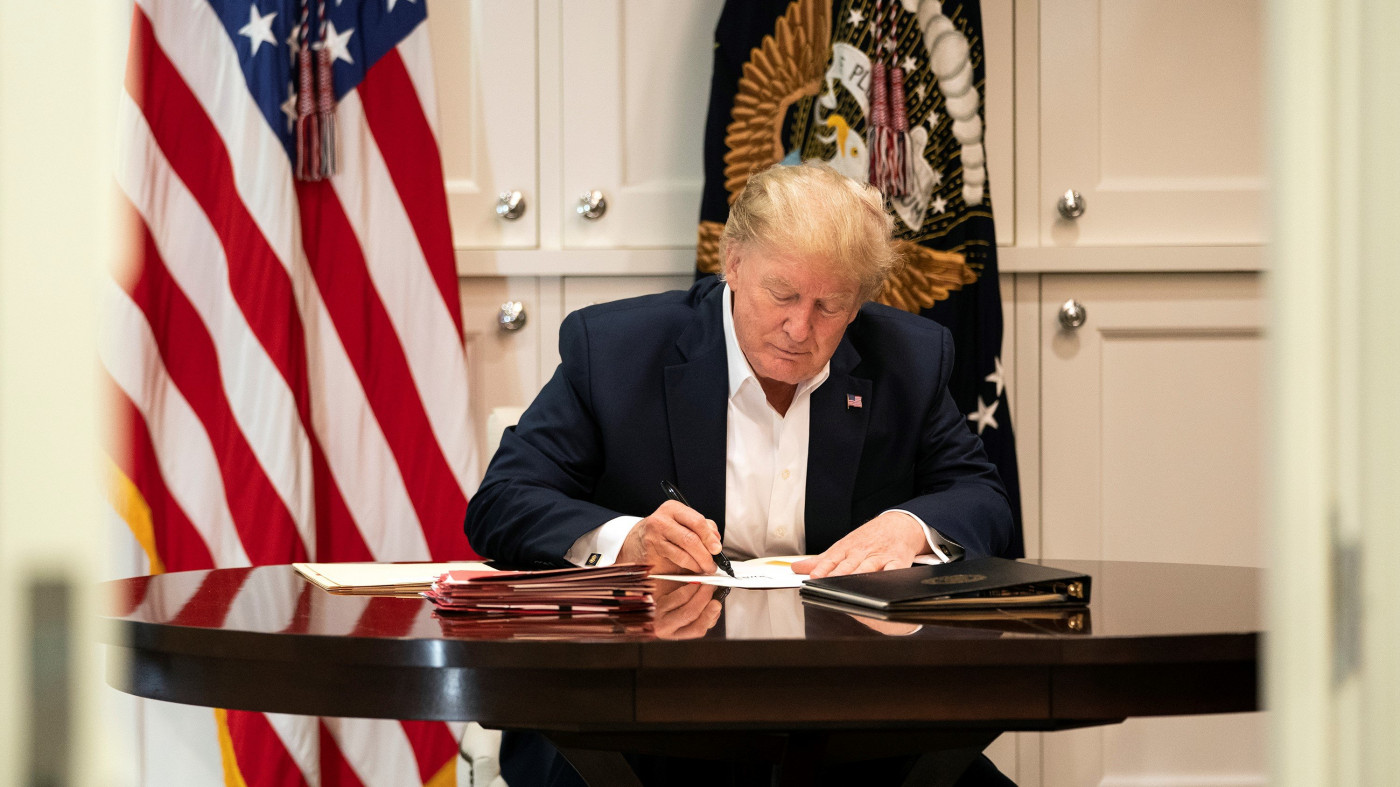Trump's Tariffs Explained: What Happened on Liberation Day?
On what President Donald Trump dramatically called "Liberation Day," he unveiled a new set of tariffs in a spectacle that felt more like a reality TV moment than a policy announcement. Standing beside a massive gameshow-like board, Trump announced "reciprocal tariffs" on several major economies, claiming he was finally putting America first. But what does this actually mean, and how will it affect ordinary people? Let’s break it down in simple terms.
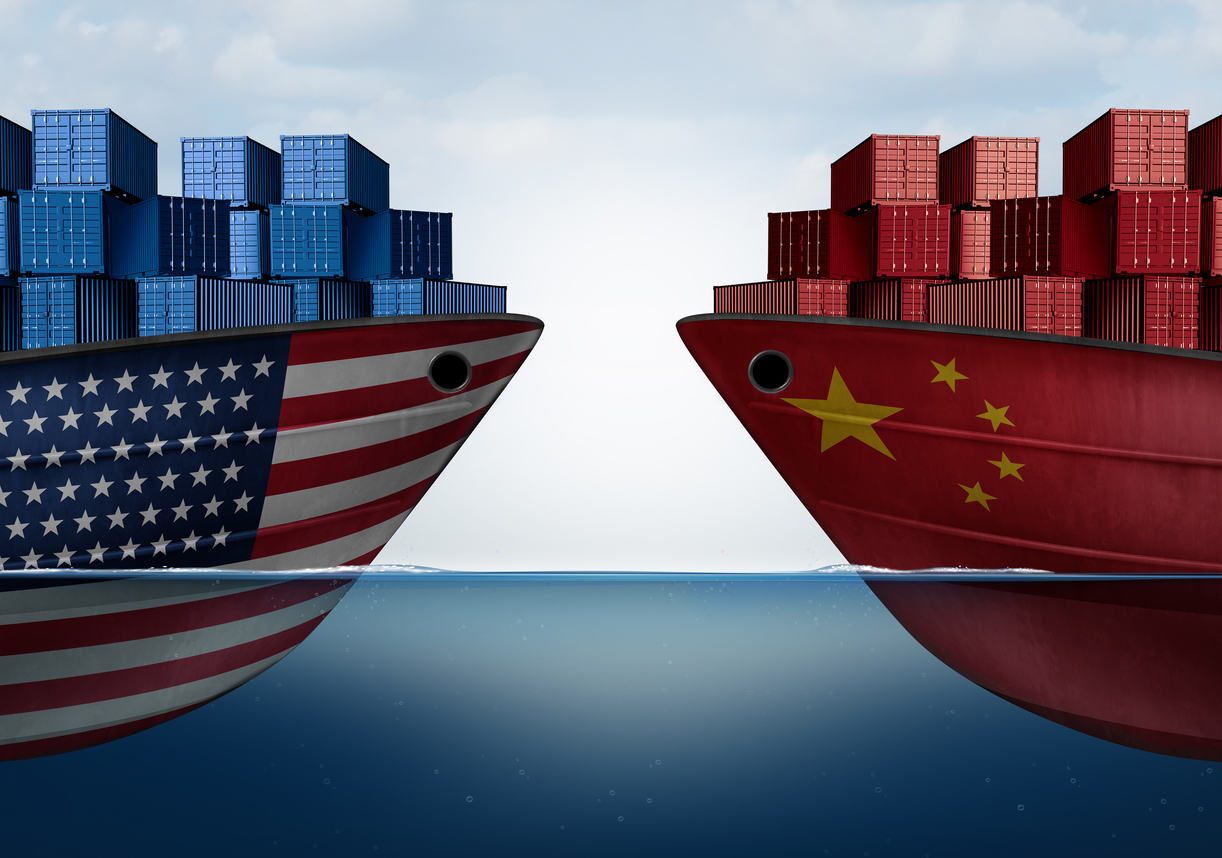
Key Tariffs Announced:
-
China: 34% tariff on imports.
-
European Union (EU): 20% tariff on imports.
-
Japan: 24% tariff on imports.
-
Vietnam: 46% tariff on imports.
-
Taiwan: 32% tariff on imports.
-
India: 26% tariff on imports.
-
South Korea: 25% tariff on imports.
-
Switzerland: 31% tariff on imports.
-
South Africa: 30% tariff on imports.
-
Pakistan: 29% tariff on imports.
-
Cambodia: 49% tariff on imports.
-
Sri Lanka: 44% tariff on imports.
-
Bangladesh: 37% tariff on imports.
-
Thailand: 36% tariff on imports.
These tariffs are in addition to existing duties, such as the 25% tariff on foreign-made vehicles.
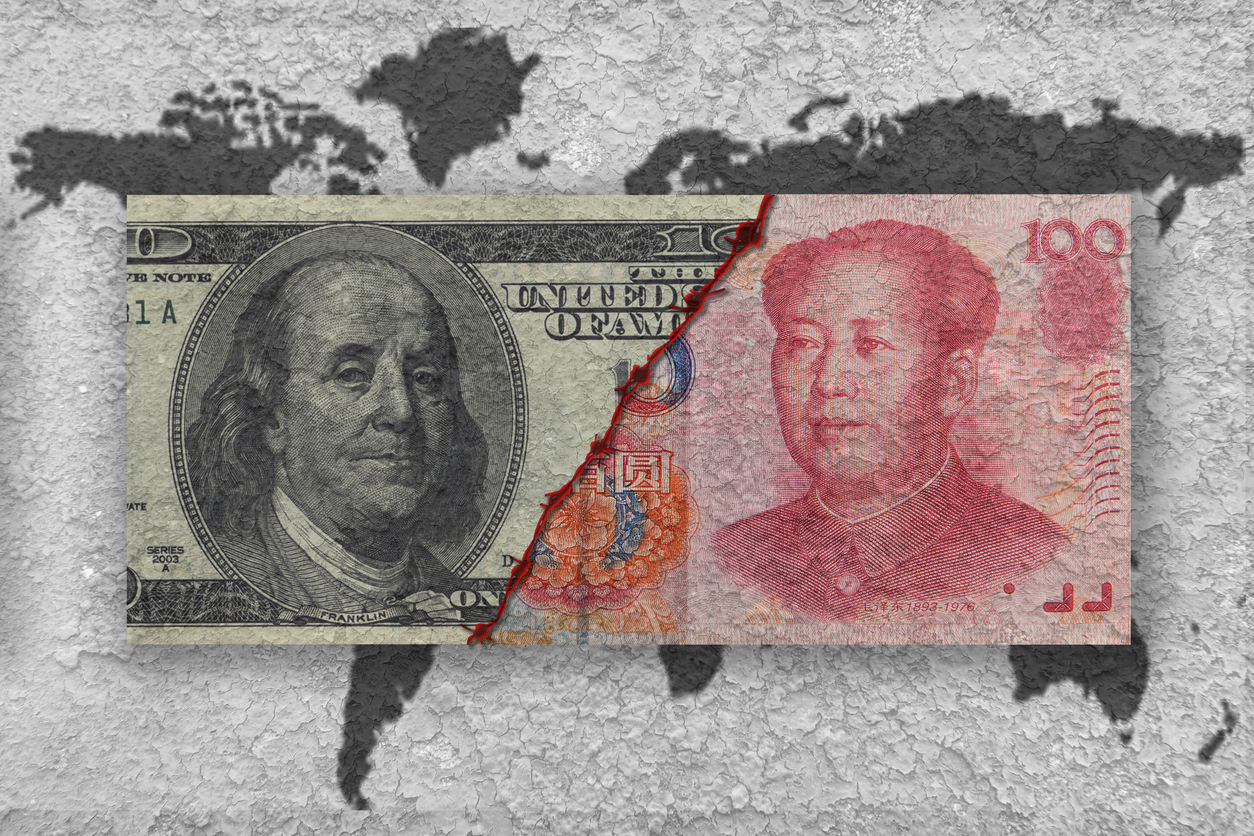
What Are Tariffs?
A tariff is essentially a tax that a government places on imported goods. When a product from another country enters the U.S., a tariff makes it more expensive, which can encourage consumers to buy domestic products instead. For example, if a tariff is placed on steel from China, American companies that need steel may decide to buy from a U.S. supplier instead of paying the extra cost for Chinese steel.
Tariffs can be used for different reasons:
- To protect domestic industries – If foreign goods are cheaper, American companies may struggle to compete. Tariffs help level the playing field.
- To punish unfair trade practices – Some countries provide government subsidies to their companies, making their products artificially cheap. Tariffs counteract this.
- To generate government revenue – The U.S. government collects money from tariffs, though this is not usually the main goal.
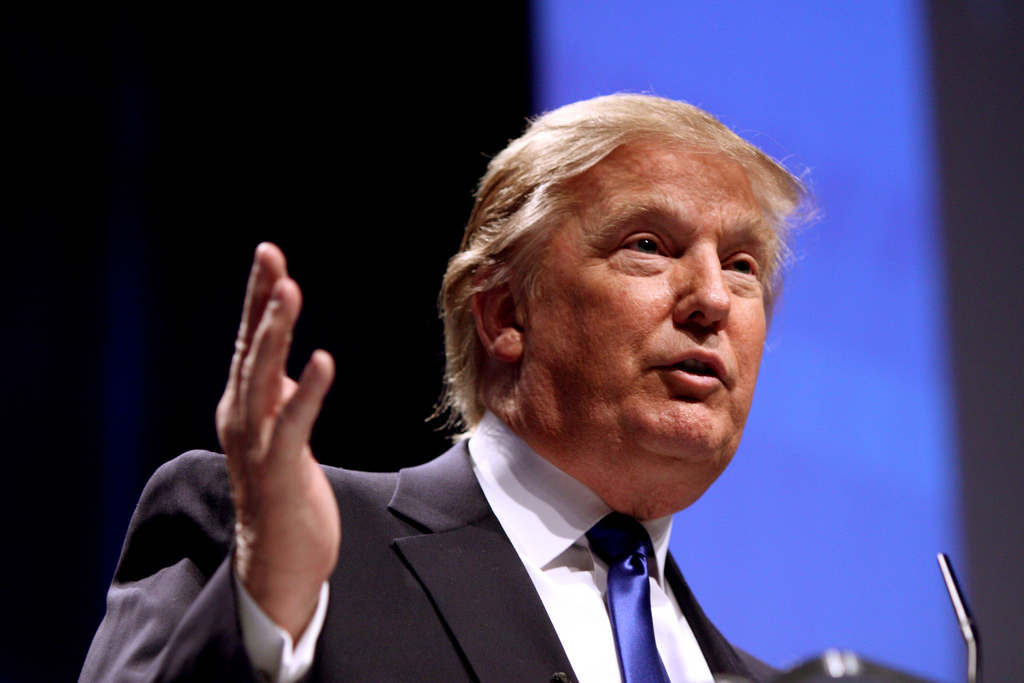
Why Is Trump Doing This?
Trump has long argued that the U.S. has been taken advantage of in trade deals. He believes that American manufacturers and workers have been losing out because foreign countries impose tariffs on American goods while the U.S. allows their products in with little or no tax.
In my opinion this is classic Trump hypocrisy, America has made the world totally reliant on it for almost everything, now they are complaining that they have to look after everyone, you can't make yourself the most powerful country in the world and then complain when you have to act like it.
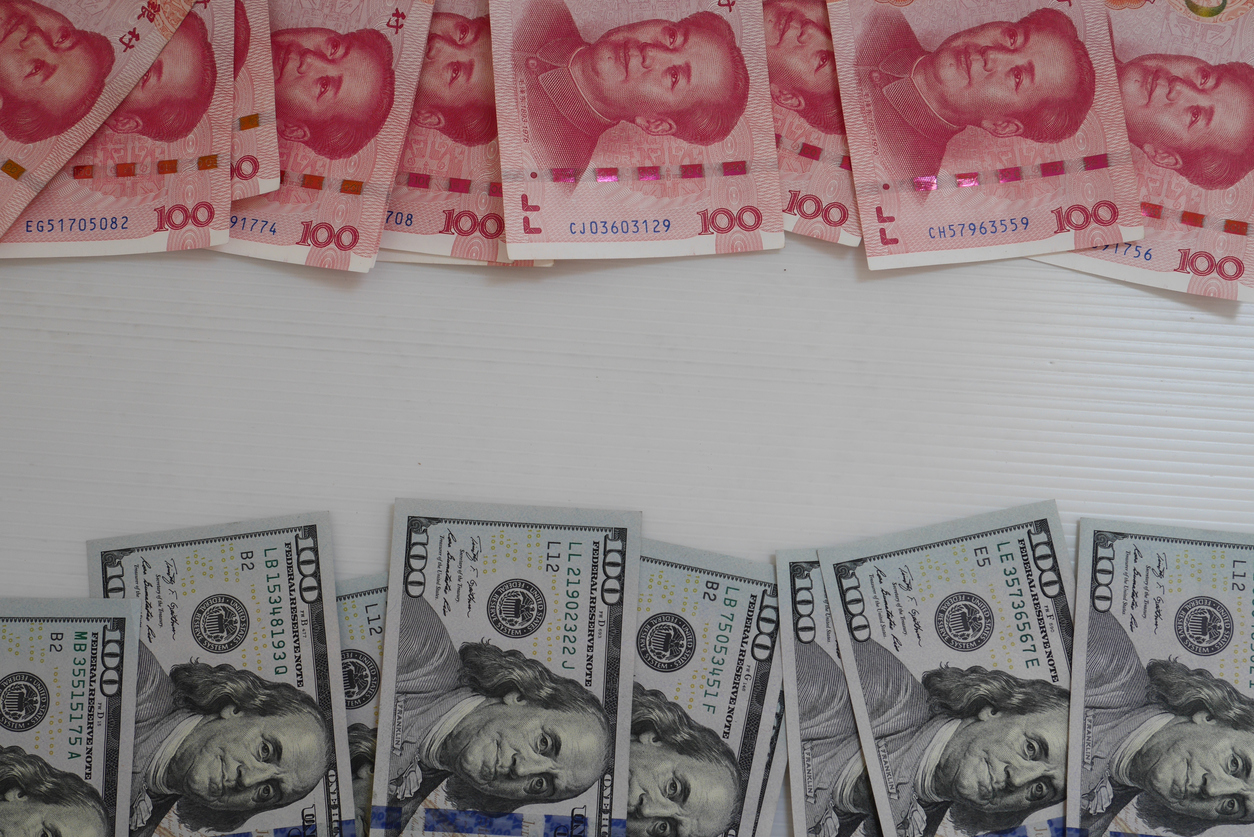
What Is His solution?
Reciprocal Tariffs - Matching whatever tariff another country places on American goods. If China, Europe, or Canada places a 10% tariff on American products, Trump’s plan is to do the same in return. He claims this will force other countries to lower their tariffs and make trade fairer.
During his announcement, Trump pointed to his board, which showed different tariff rates from countries around the world, arguing that this unfairness must end. His supporters see this as a bold move to fight back against countries that have been benefiting from America’s open markets for decades.
RELATED: Trump’s Car Tariffs: A Blow to the Global Auto Industry.
I personally think it will just start an unnecessary trade war that will end up hurting normal people the most, everyday products are going to get more expensive and it won't be the big companies or CEO's that soak up the cost, it will be us.

Who Will Pay the Tariffs?
This is where things get tricky. While it may seem like foreign countries will be the ones paying these tariffs, in reality, American consumers and businesses will bear most of the cost.
Here’s how it works:
- When tariffs are placed on imported goods, American businesses that rely on those imports have to pay more.
- They pass that cost to consumers in the form of higher prices.
- If businesses can’t raise prices without losing customers, they may cut jobs or lower wages to absorb the costs.
For example, if Trump places a 20% tariff on cars from Japan, that means car dealerships in the U.S. will have to pay more to get those vehicles. In turn, they’ll charge higher prices to consumers. This means ordinary Americans end up paying the tariff indirectly.
Some industries will benefit, though. If tariffs make foreign goods more expensive, American companies making similar products (like steel, aluminum, or electronics) could see more business.
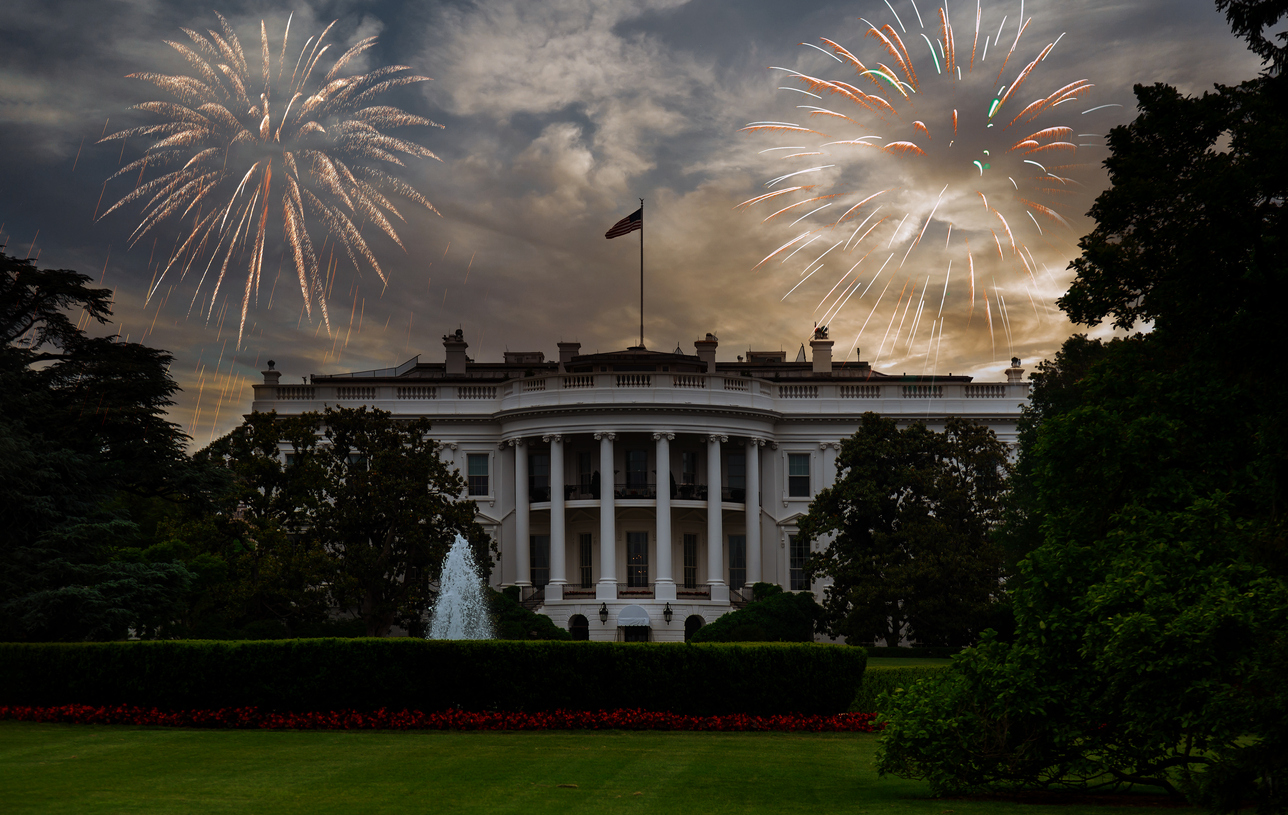
Will It Work?
The big question is: Will Trump’s tariffs achieve his goals? The answer depends on several factors.
Possible Successes:
- Forcing trade partners to negotiate – If other countries fear losing access to the massive U.S. market, they might agree to lower their own tariffs.
- Boosting U.S. manufacturing – If tariffs make foreign goods too expensive, American companies could see increased demand for their products.
- Strengthening national security – Some argue that certain industries, like steel production, are vital to the country’s security and should be protected from foreign competition.
RELATED: Musk's Tesla Criticizes Trump Tariffs Amid Trade Tensions.
Potential Problems:
- Retaliation from other countries – If the U.S. places tariffs on foreign goods, those countries might do the same to American products, making it harder for U.S. companies to sell overseas.
- Higher prices for consumers – Everyday goods could become more expensive, reducing Americans’ purchasing power.
- Hurting American exporters – Companies that rely on selling their goods overseas may struggle if other countries put tariffs on them.
- Job losses in affected industries – Sectors that rely on imported materials, like car manufacturing and construction, might have to lay off workers.

Conclusion: Is Liberation Day Really a Victory?
Trump’s tariff plan is unnecessary and risky in my opinion. While it may help certain industries, it will have a greater detrimental impact on everyday Americans, we will see rising costs for American consumers and businesses. His supporters see this as a necessary step to force fairer trade deals, but in my opinion they are operating off of false and misleading information, this is how Trump has always operated and always will, he bends the truth to suit his narrative and it always ends up benefiting the rich and harming the poor.
However this all plays out, one thing is for sure: Liberation Day may not feel like liberation once all of the prices start to rise.


